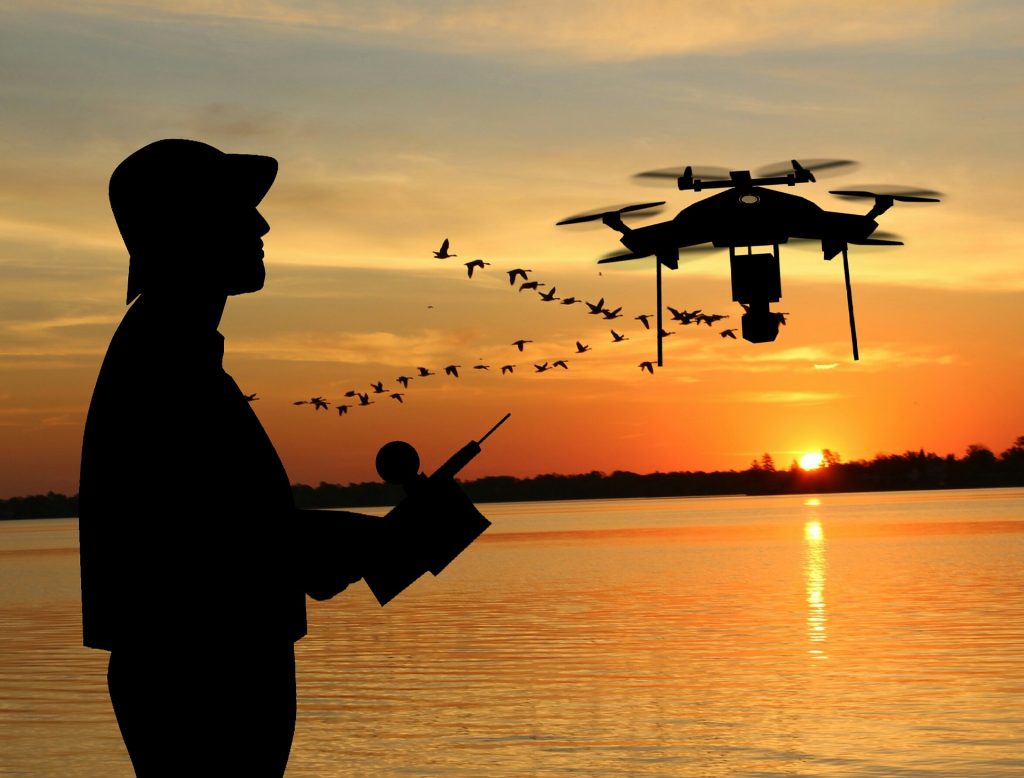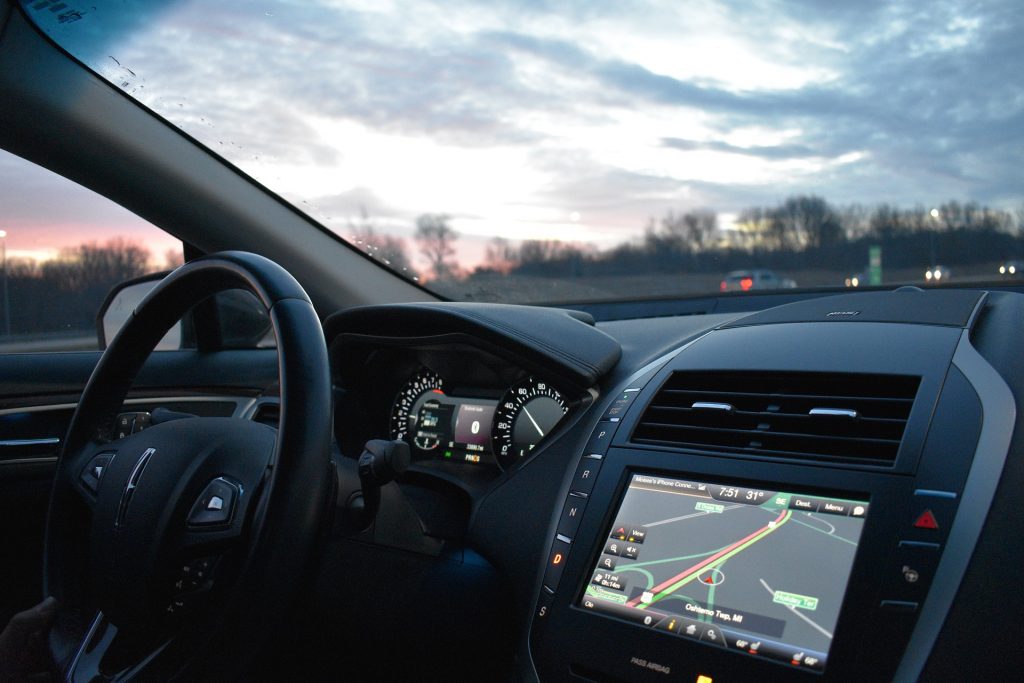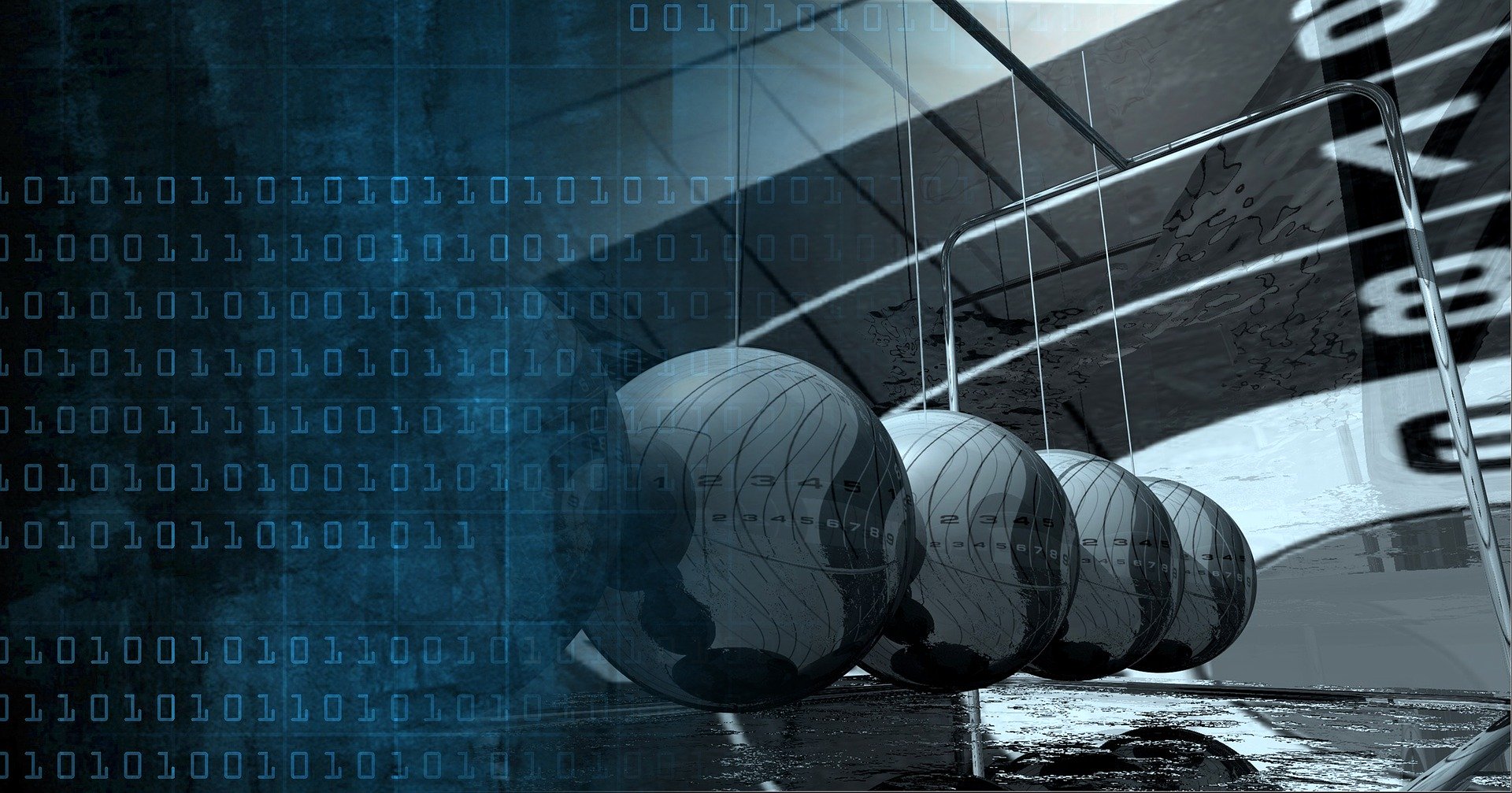Today, agriculture is more high-tech than ever before. Farmers are using GPS technology to map their fields and track yield data. They’re using weather stations to track real-time conditions. And they’re using drones to survey their crops. This high-tech approach to farming is paying off. While drones are recharging check the amazing way to remove boredom on 20Bet. They are able to produce more food with fewer inputs, and they’re doing it with less impact on the environment. Here are some of the most exciting agriculture innovations that are transforming the way we farm:
GPS Technology
GPS technology is revolutionizing the way farmers farm. Farmers can now map their fields with precision, and they can use yield data to make better decisions about seed placement, irrigation, and fertilizer application. GPS technology is also being used to develop new precision farming techniques. Farmers can now use GPS-guided equipment to plant seeds, apply fertilizer, and spray pesticides with pinpoint accuracy. This reduces inputs and saves money.
Weather Stations
Weather stations are another important tool for farmers. These stations provide real-time data on temperature, humidity, wind speed, and other important factors. This information helps farmers make decisions about irrigation, crop selection, and fieldwork.
Drones

Drones are being used for a variety of tasks on farms, including crop surveying, mapping, and even delivering inputs like seed and fertilizer. Drones can cover a lot of ground quickly, and they can provide farmers with valuable data about their crops.
Crop Sensors
Crop sensors are another tool that’s being used to collect data about crops. These sensors can measure a variety of factors, including plant height, leaf area, and soil moisture. This information can help farmers optimize irrigation, fertilizer, and pesticide applications.
Automated Machinery
Automated machinery is becoming increasingly common on farms. Farmers are using robots to plant seeds, apply fertilizer, and even harvest crops. This machinery can work longer hours than humans and it’s often more accurate, which reduces inputs and increases yields.
Data Analytics
Data analytics is being used to help farmers make better decisions about their crops. Farmers can use data to track yield data, soil data, and weather data. This information can help farmers choose the right seeds, optimize irrigation, and make other important decisions.
Blockchain Technology
Blockchain technology is being used to track food from farm to table. This technology can be used to track the provenance of food, and it can also be used to trace foodborne illnesses. This information can help farmers and food producers improve food safety and quality.
Vertical Farming

Vertical farming is a type of agriculture that’s done in vertically stacked layers. This type of farming allows farmers to grow more crops in a smaller space. Vertical farms can be located indoors or outdoors, and they often use hydroponic or aeroponic systems.
Aquaponics
Aquaponics is a type of agriculture that combines fish farming with plant agriculture. In aquaponics systems, waste from the fish is used to fertilize the plants, and the plants filter the water for the fish. This type of system is efficient and sustainable.
Insect Farming
Insect farming is a type of agriculture that’s being used to produce food for humans and animals. Insects are a nutritious and sustainable source of protein, and they can be used to make a variety of products, including flour, milk, and even cosmetics.
